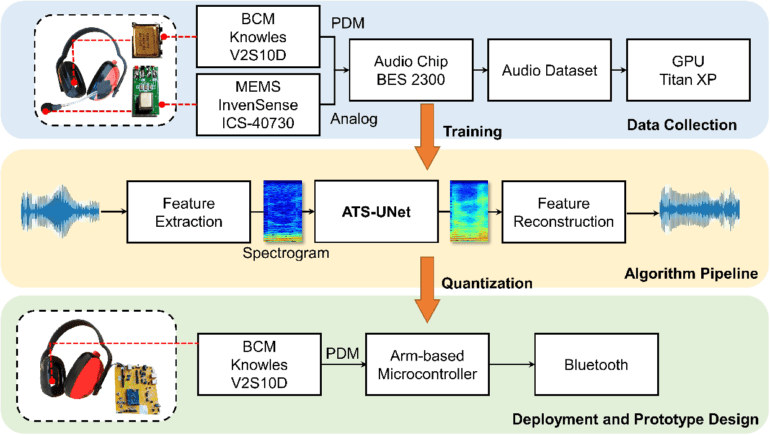TL;DR:
- AudioSR is an AI solution that enhances audio quality through super-resolution.
- It adapts to various audio formats, providing consistent 24 kHz bandwidth and 48 kHz sampling rate.
- The method leverages neural vocoders and diffusion-based generative models.
- It significantly improves text-to-audio, text-to-music, and text-to-speech models.
- AudioSR’s versatility makes it suitable for plug-and-play integration in diverse audio applications.
Main AI News:
In the realm of digital audio processing, the quest for audio super-resolution has long been an ongoing challenge. The objective is clear: enhance audio signal quality by seamlessly integrating missing high-frequency components into low-resolution audio data. The ultimate aim? To bestow upon listeners an unparalleled auditory experience characterized by nothing short of high fidelity. Traditionally, audio super-resolution has played a pivotal role in restoring vintage audio recordings. However, the prior methodologies in this domain bore their share of limitations, from their confinement to a narrow bandwidth spectrum, typically spanning a modest 4 kHz to 8 kHz, to their rather exclusive focus on specific audio genres, be it music or speech.
Enter AudioSR (Audio Super Resolution), a groundbreaking solution conceived by a dedicated team of researchers. Drawing inspiration from diffusion-based generative models, AudioSR emerges as a formidable force, endowed with the capability to elevate audio super-resolution to new pinnacles across a myriad of sonic realms. Whether it’s the spoken word, harmonious melodies, or resonating soundscapes, AudioSR stands ready to excel. Yet, what truly sets it apart is its sheer adaptability, effortlessly accommodating an array of audio formats. From the modest 2 kHz to the robust 16 kHz, AudioSR embarks on the journey of super-resolution, consistently delivering audio of pristine quality with a steadfast 24 kHz bandwidth and an awe-inspiring 48 kHz sampling rate, regardless of the input source.
The versatility of AudioSR translates seamlessly into real-world scenarios and applications, as it efficiently upscales audio signals, irrespective of the audio format or bandwidth settings. This innovation builds upon a foundation laid by earlier research, harnessing the latent knowledge residing within neural vocoders to reconstruct those elusive higher-frequency components in audio super-resolution endeavors. By applying audio super-resolution to the mel-spectrogram and employing a neural vocoder in the audio signal’s creation, AudioSR has mastered the art of estimating the high-resolution mel-spectrogram through the training of a latent diffusion model, enabling it to excel in its mission.
Unveiling the outcomes of exhaustive experimentation, AudioSR has demonstrated its mettle. It bestows promising super-resolution results, catering to an eclectic range of audio formats, encompassing speech, music, and captivating sound effects. Subjective analyses, moreover, bear testimony to the transformative impact of AudioSR on various text-to-audio models like AudioLDM, text-to-music models such as MusicGen, and text-to-speech models like Fastspeech2. The collective verdict? AudioSR seamlessly integrates as a plug-and-play module into a multitude of audio-generating models, fundamentally elevating the listening experience across diverse applications.
Conclusion:
The introduction of AudioSR marks a significant advancement in the audio processing market. Its ability to enhance audio quality across various formats and applications, coupled with seamless integration possibilities, positions it as a valuable asset for businesses seeking to provide superior auditory experiences to their customers. This innovation has the potential to drive market growth by setting new standards for audio quality and versatility.

